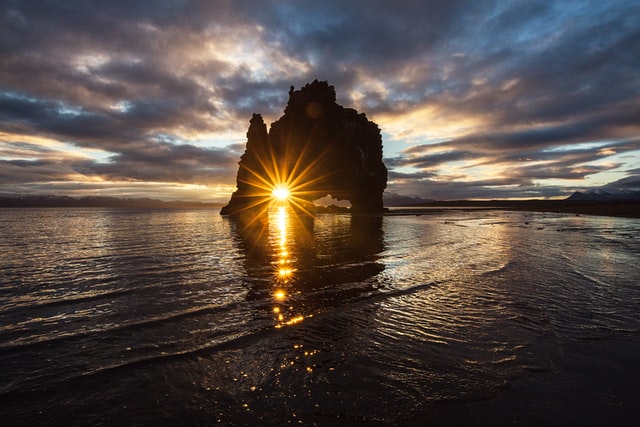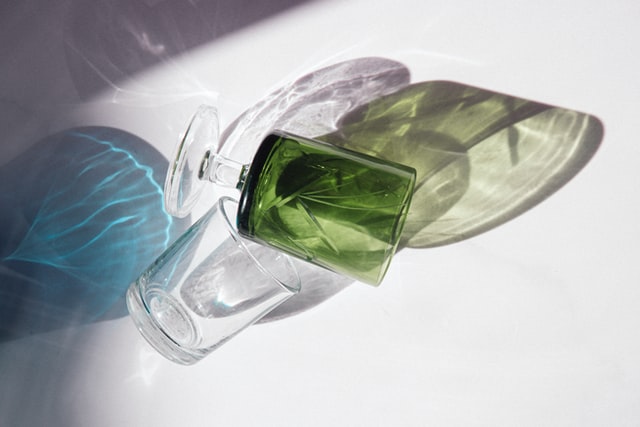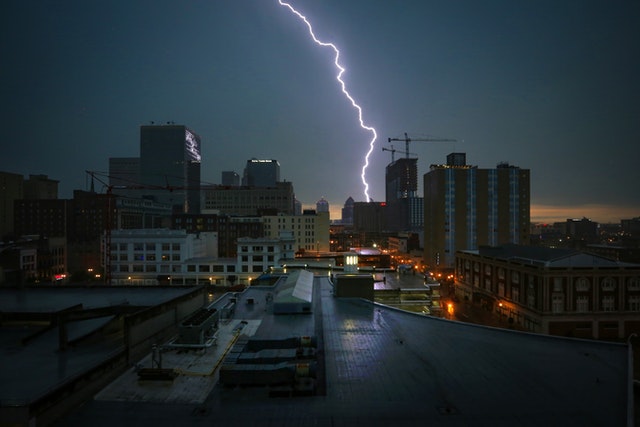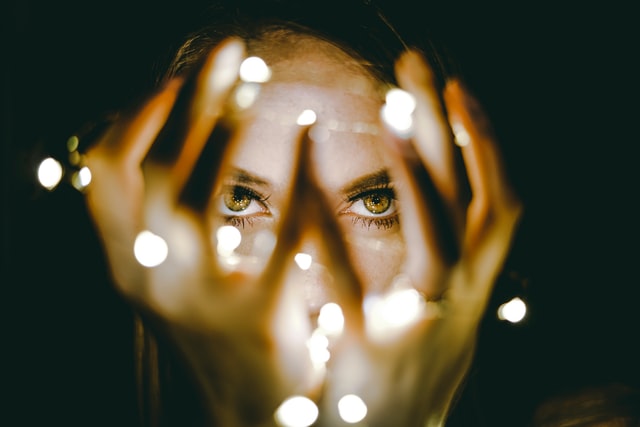5 Tips To Capture Light Creatively
Lighting is at the centre of everything to do with photography. One's ability to control light determines the creative element and output. So it is imperative to think about the type of lighting you will use for the photos you want to capture.
For instance, if you are planning an outdoor macro photography shoot, you will need an additional light source to photograph the small details of an insect. In this scenario, carrying a portable LED light or macro flash unit is essential to your success.
Tip 1: Use Natural Light for Portraiture
If you don't have an external flash, LED light or flash head, you can use natural light when photographing your subject. Take portraiture as an example; using natural light in an outdoor environment can be harsh in Australian conditions. Instead, we recommend using window light as it's soft and diffused as it enters a home.
To master the light, position the person next to the window and let the light fall naturally on them. You can reduce shadows by asking them to turn their head toward the window or away to enhance the contrast. Just ensure you focus on their leading eye.
We recommend using a 50mm focal length or longer for portraits in terms of equipment. Wide-angles can be used; however, be aware of distortion. Once you have selected your lens, ensure the aperture is at its maximum. Setting the aperture to f/2.8 or f/4 will maximise the out of focus areas in the background, creating a professional look. Finally, make sure you have a clean background; the last thing you want is a distracting bright object appearing behind someone's face.

Tip 2: Create a Sunburst
Did you know you can capture the sun in a burst effect without using a filter?
Landscape photographers use this lighting tip often. To create the effect, turn your lenses' aperture to the minimum setting of f/22 or f/32. The result of this reduces the size of the aperture to the smallest possible hole in the lens. Then frame the picture so the light source shows within the frame. When light enters through the lens, it is forced to reveal the aperture blades, creating a streak or burst of light around a light source - in this case, the sun.

Tip 3: Using Reflections
Using glass to create a reflection can create some creative results. We recommend putting a glass prism such as a table or wine glass directly in the sun and capturing the reflected, scattered light. The results can be very creative, especially if you use coloured glass.
Try adjusting the camera's shutter speed faster to 1/1000 or 1/2000 second to expose the highlight areas of the reflection. When done right, you can create some abstract images. Remember to zoom in to remove any boring elements around the subject, as this will showcase the main element.

Tip 4: Capturing Lightning
While not everyone will want to go out during a storm, lightning is one of the most dramatic forms of lighting. Capturing images of storms can be breathtaking and challenging at the same time. If you have ever wanted to master lightning, do the following.
1) Attach your camera to a tripod.
2) Turn your camera's ISO to the lowest - typically 100 or 200.
3) Lock the focus to the horizon and change the focus from auto to manual.
4) Select Shutter Priority on your camera and set the camera to 30 seconds (or bulb if you are using an optional remote shutter release).
5) Wait for a strike to happen, then press the shutter button. Whatever appears in the next thirty seconds will appear in the final image.

Tip 5: Using Fairy Lights and Bokeh
Another way to creatively capture light is to use fairy lights and Aperture Priority. To get the best results, it’s important to use a fast lens capable of a wider aperture. Something like an f/2.8, f/1.8, f/1.4 or f/1/2 lens will achieve the best results. If you are unsure how to tell, look for the numbers written on the front of your lens. Most kit lenses have the largest aperture of f/3.5 or f/2.8, so consider a prime lens such as a 50mm f/1.4 for better results.
After deciding on the subject, you want to capture, position some fairy lights behind or in front of your subject. Take note of the lens you are using, as most lenses will require you to stand at least 0.5m to 1m away from your subject.
Then using Aperture Priority mode on your camera, adjust the aperture to the maximum (depending on the lens: f/2.8, f/4 or f/4.5). All that’s left to do is compose your image. Use the rule of thirds to obtain your composition and what you will see in the final result is beautifully out of focus areas that add a soft light to your subject.

